Hidden in Bruges, Belgium – The Godshuis Gardens – Naturalistic beauty in a historic setting
We’ve been in Belgium for two weeks now – filling our time slowly with the treasures of the region. We are staying in Brugge, and I’ve been fascinated with often seen medieval houses that usually have a name and number printed on the side. These ‘Godshuizen’ tend to also have pretty little gardens attached, so I spent a day riding my bike to all that I could find here and made a study of them.
The city’s Godshuizen or almshouses are tucked away, hidden and when you discover them you feel like you’ve found a truly secret and special place. There are 44 of them in the city and many of them are characterized by with white brick buildings surrounding by pretty gardens filled with tall trees and trimmed shrubs, roses, naturalistic plants and geraniums divided by low box hedges.
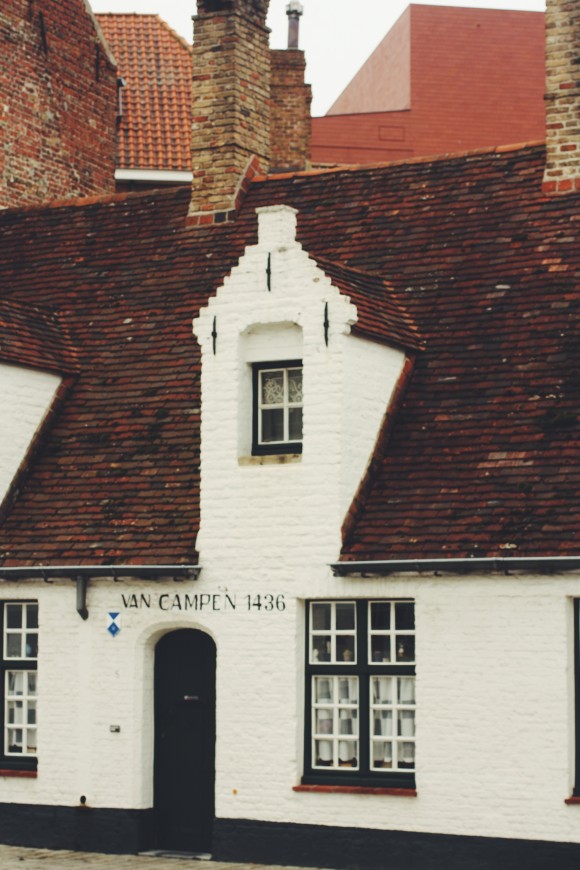
Literally translated, Goshuizen would mean ‘Houses of God’ but this translation is a little misleading.
They are not churches or places of worship but rather they are houses for the poor and needy. They are in fact housing for the poor, needy, elderly and widows and widowers that were built by rich families and corporations as early as the 14th century.
Sometimes the houses were constructed by corporations or guilds, for their members who had lost their income or were unable to work because of illness, handicaps or other mishaps.
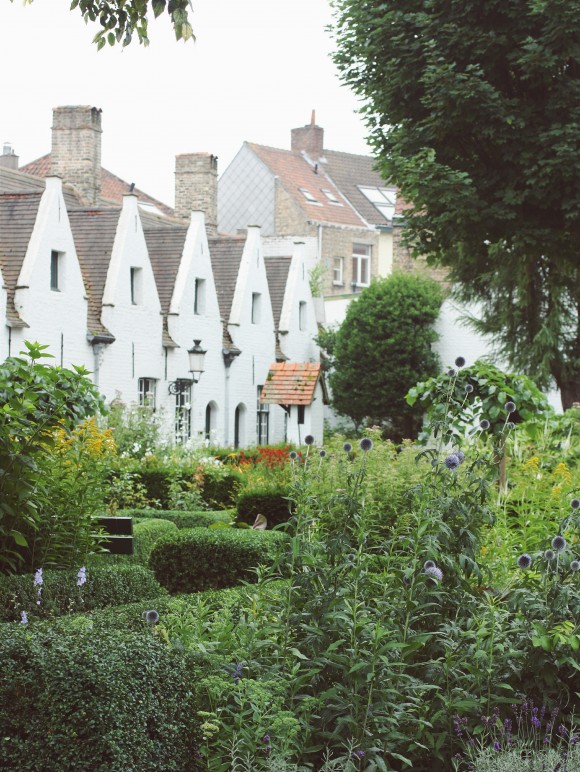
Most of the time these houses form a complex around an inner courtyard where the inhabitants can get their water and grow vegetables in little gardens (though most of the ones I saw, contained many more flowers than edible crops).

They also typically have also have a chapel where the people are supposed to pray for the souls of their benefactors – but this is the only religious obligation.

Many of these remain today and many of them have the sweetest most charming gardens.
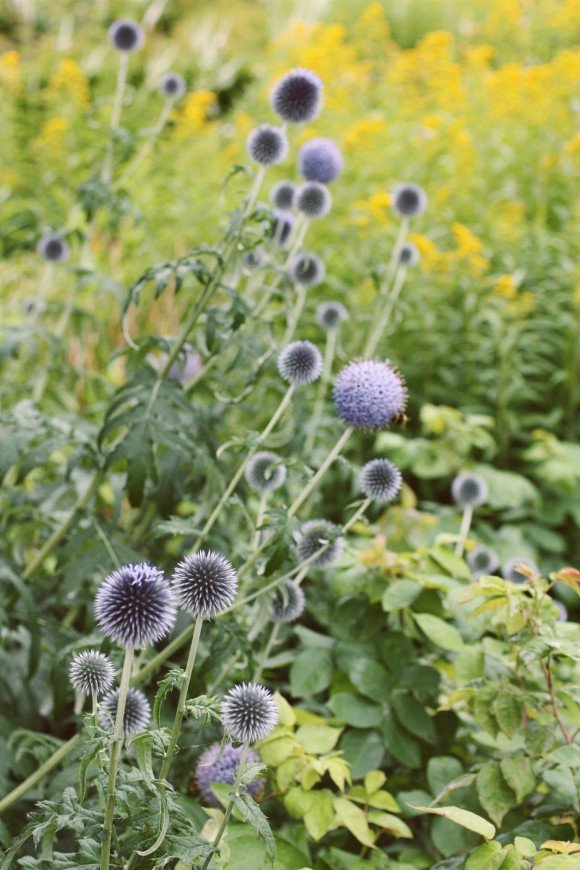
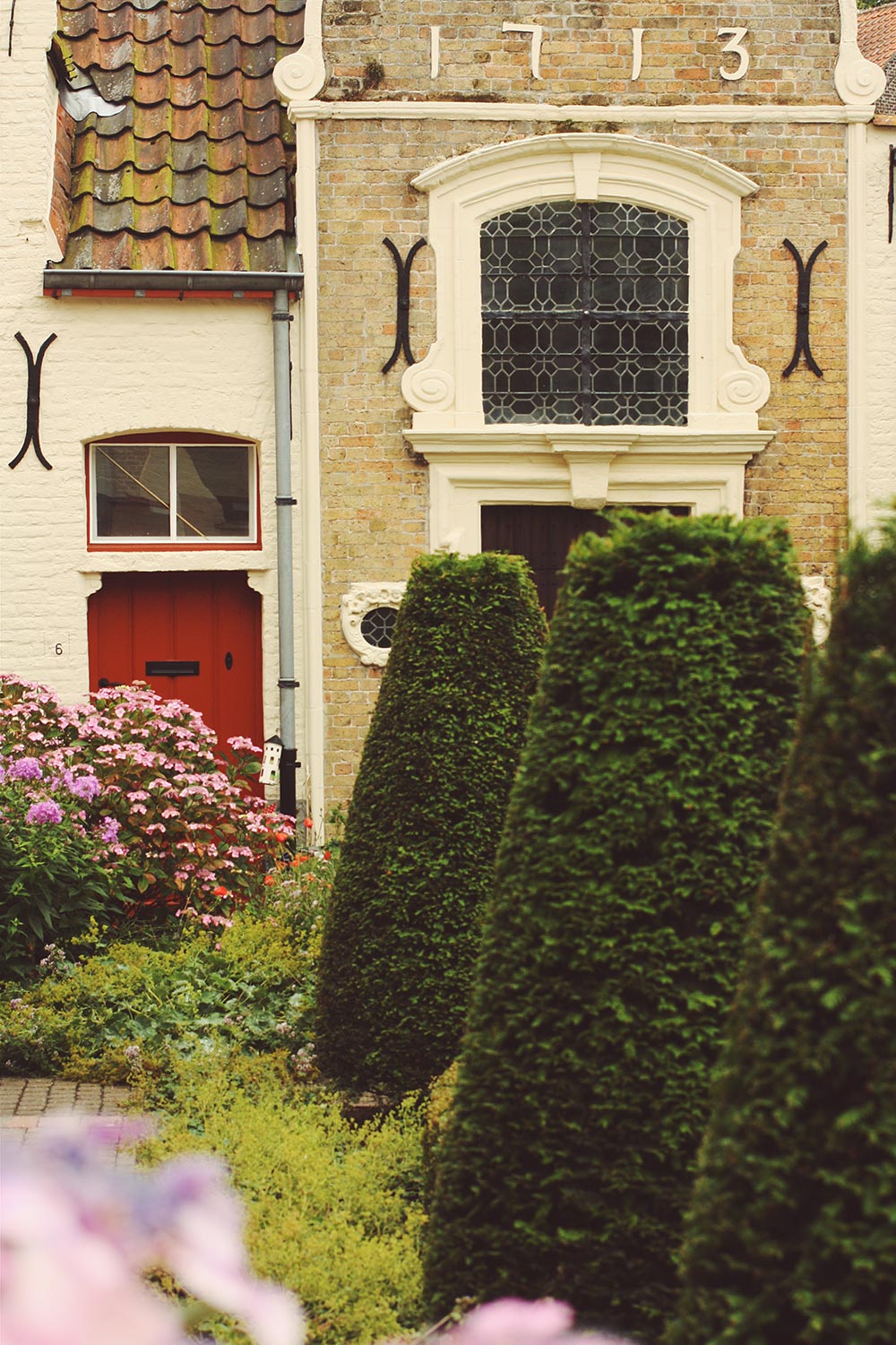
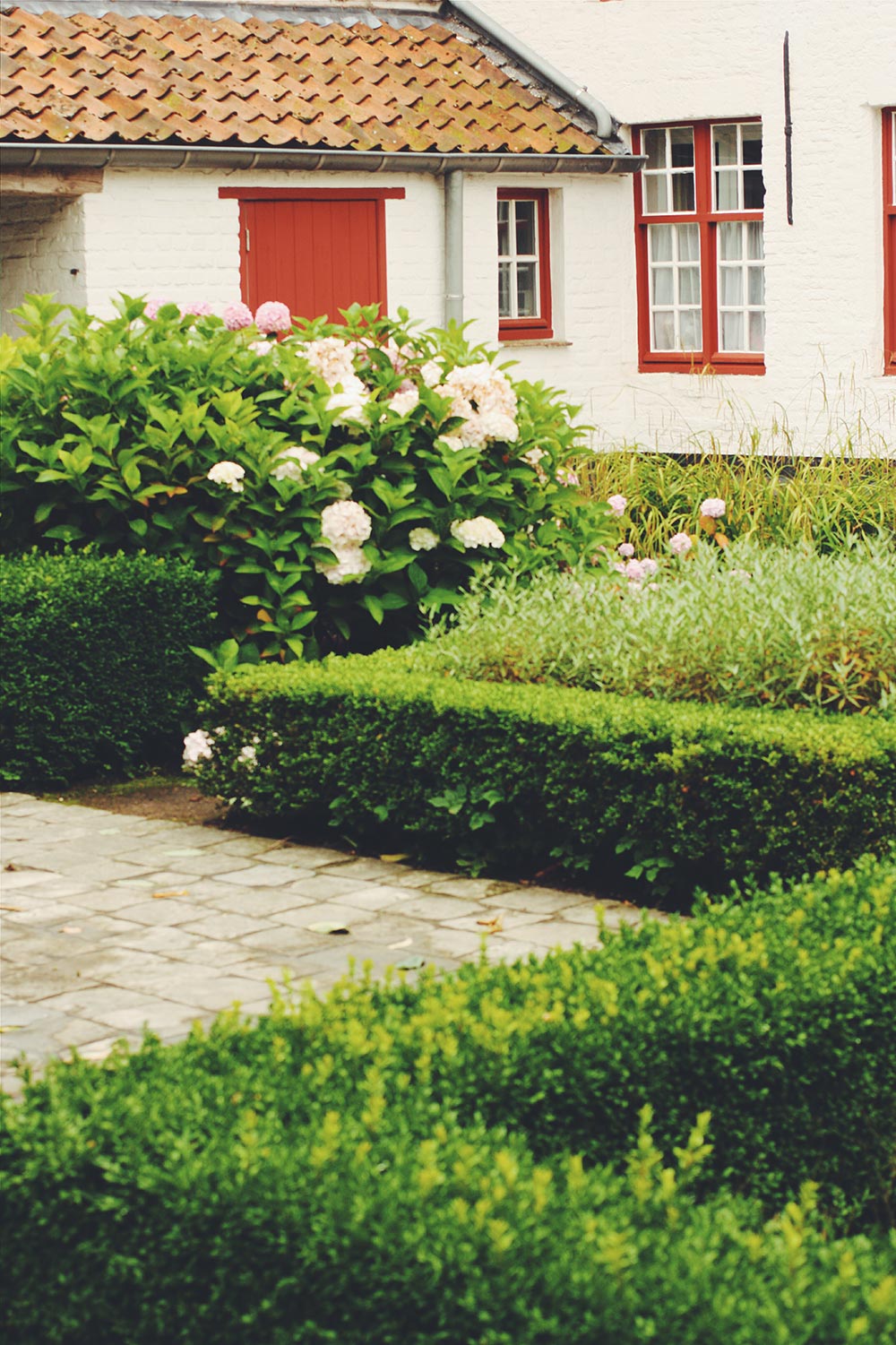
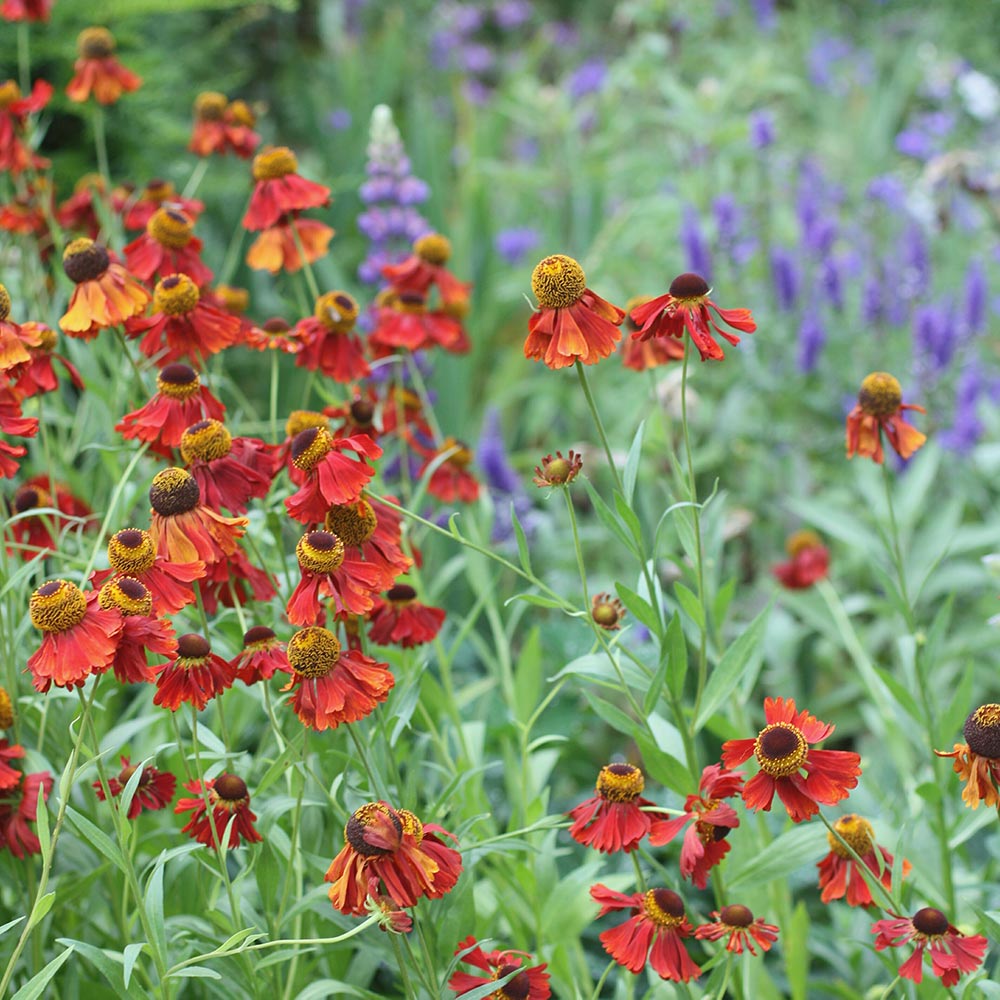
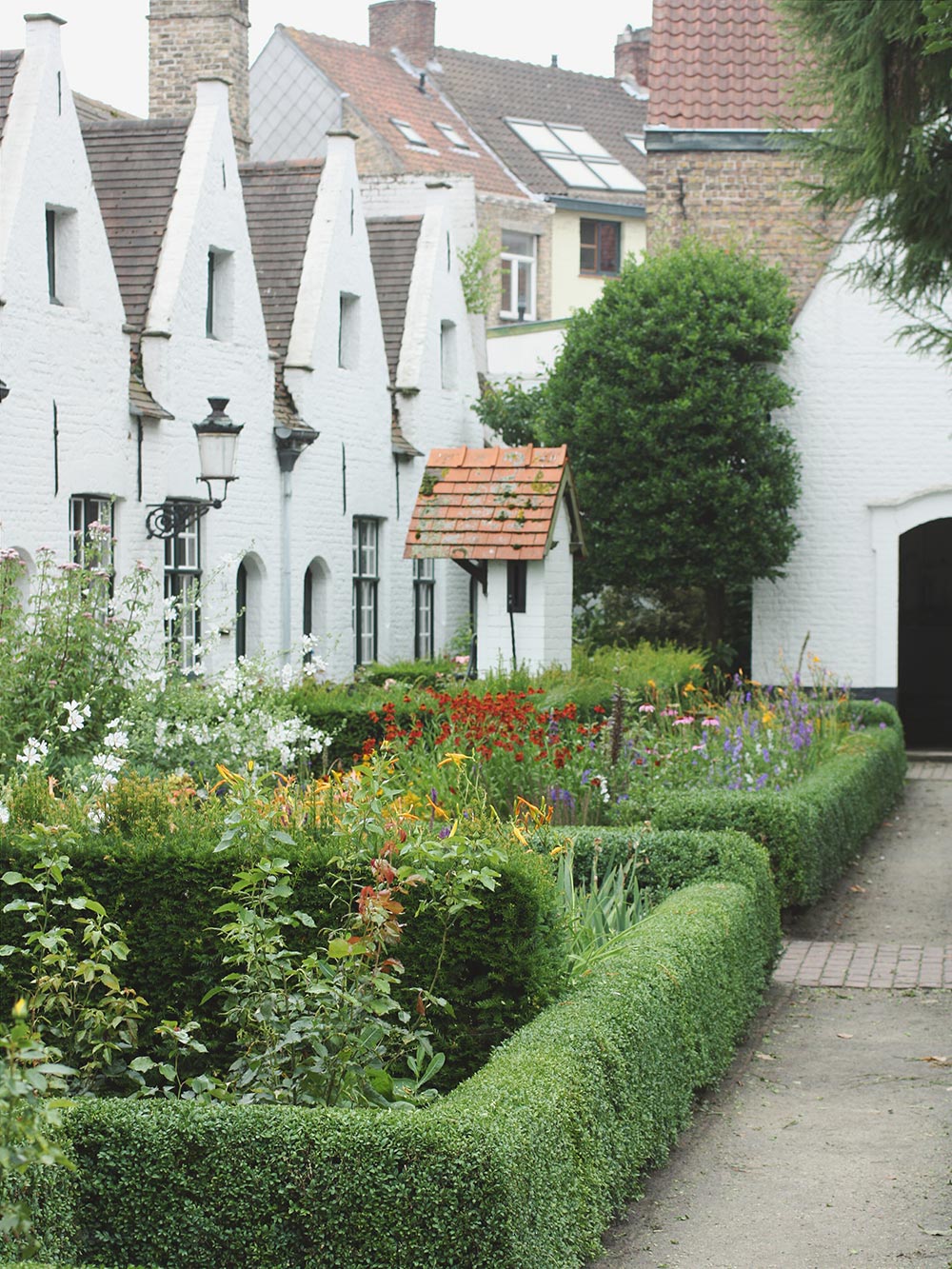
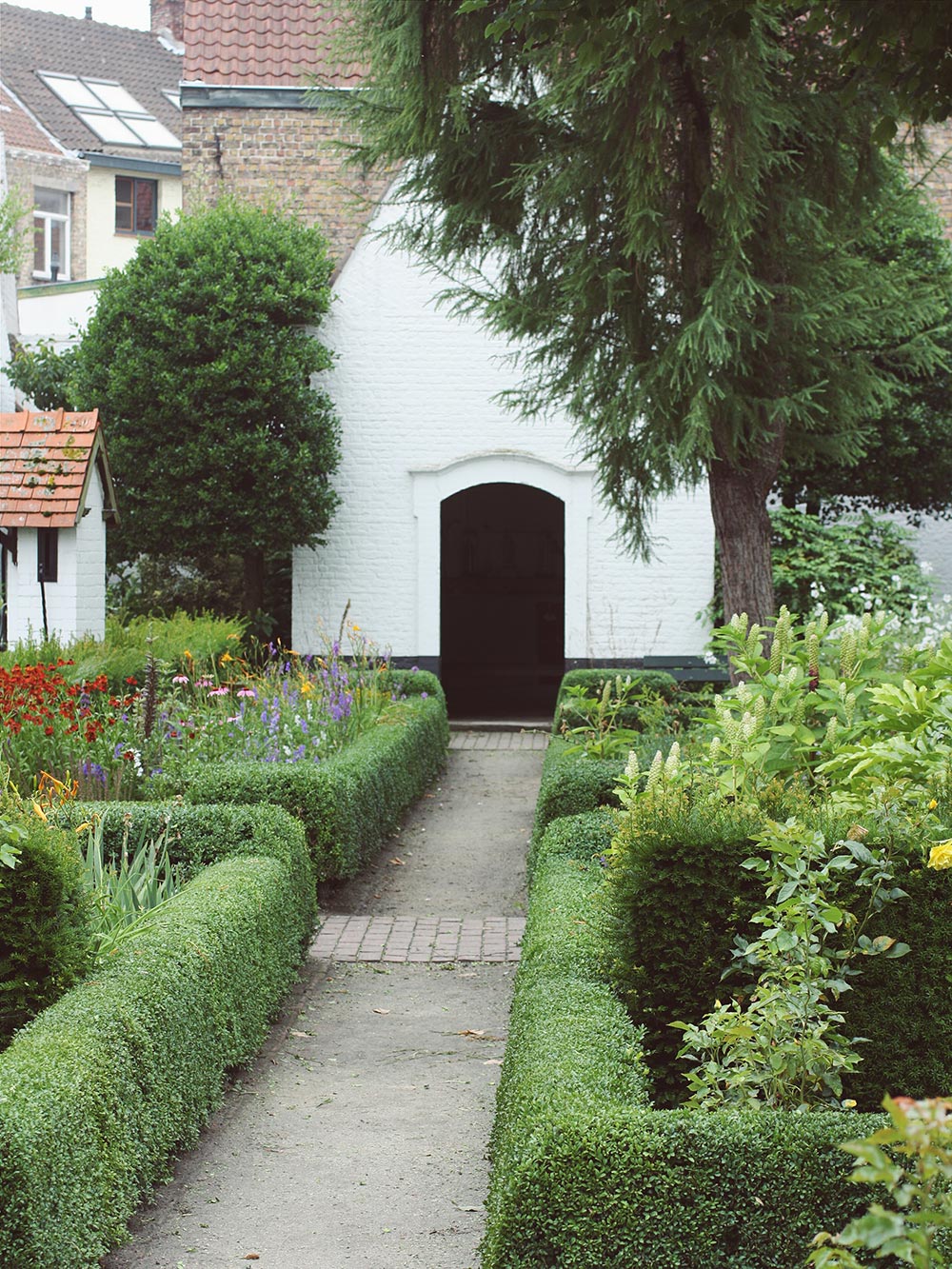
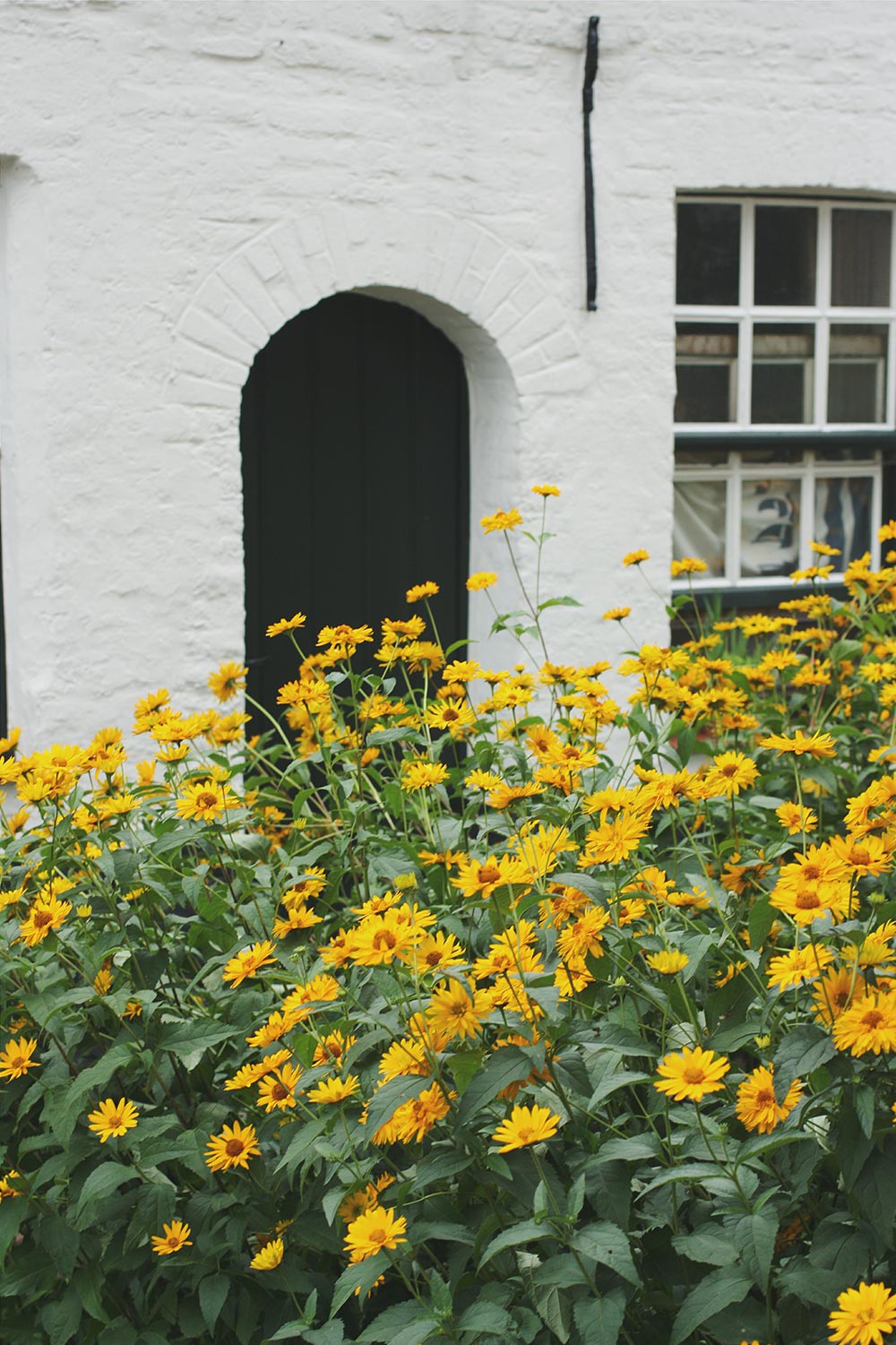
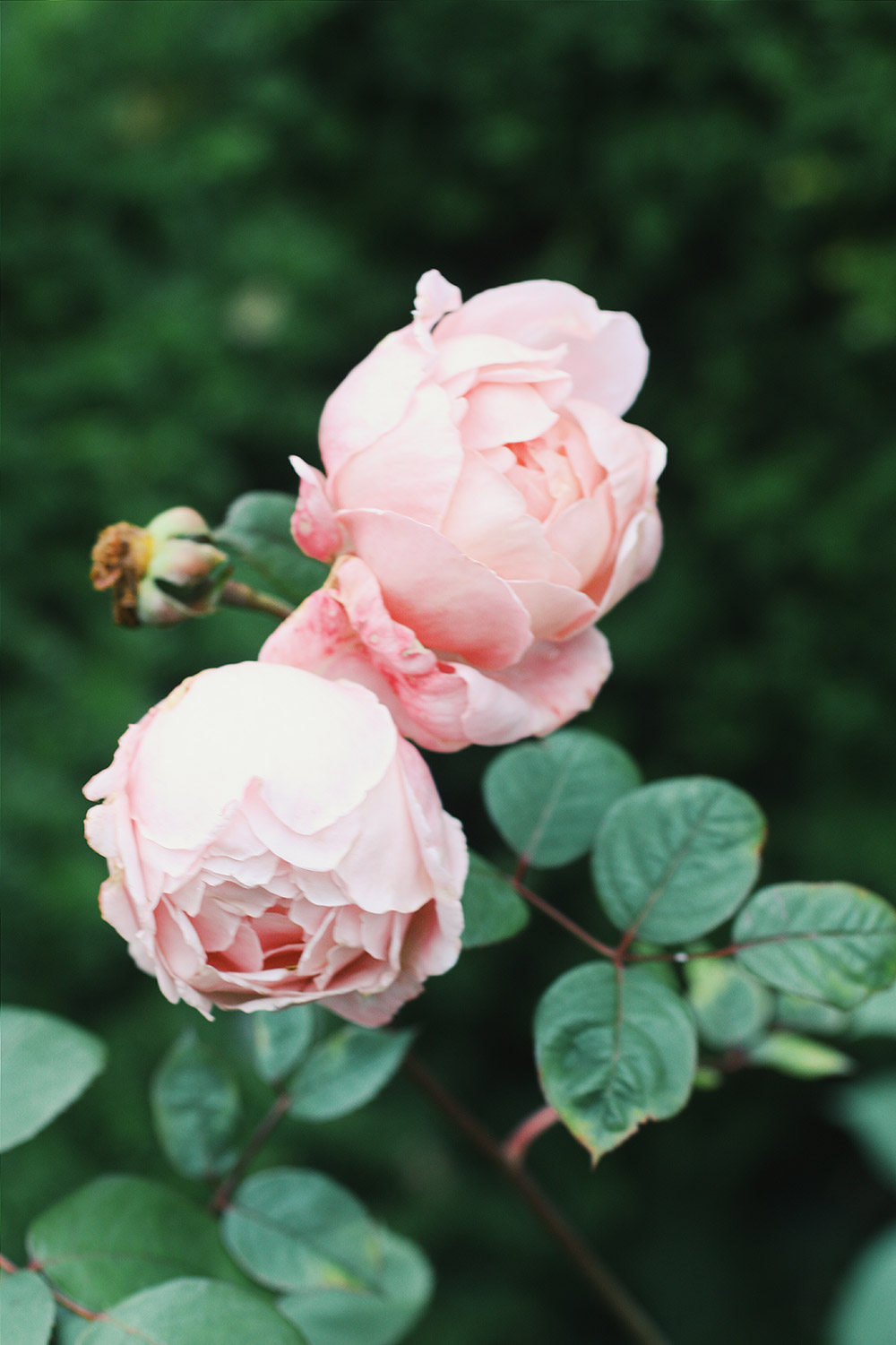
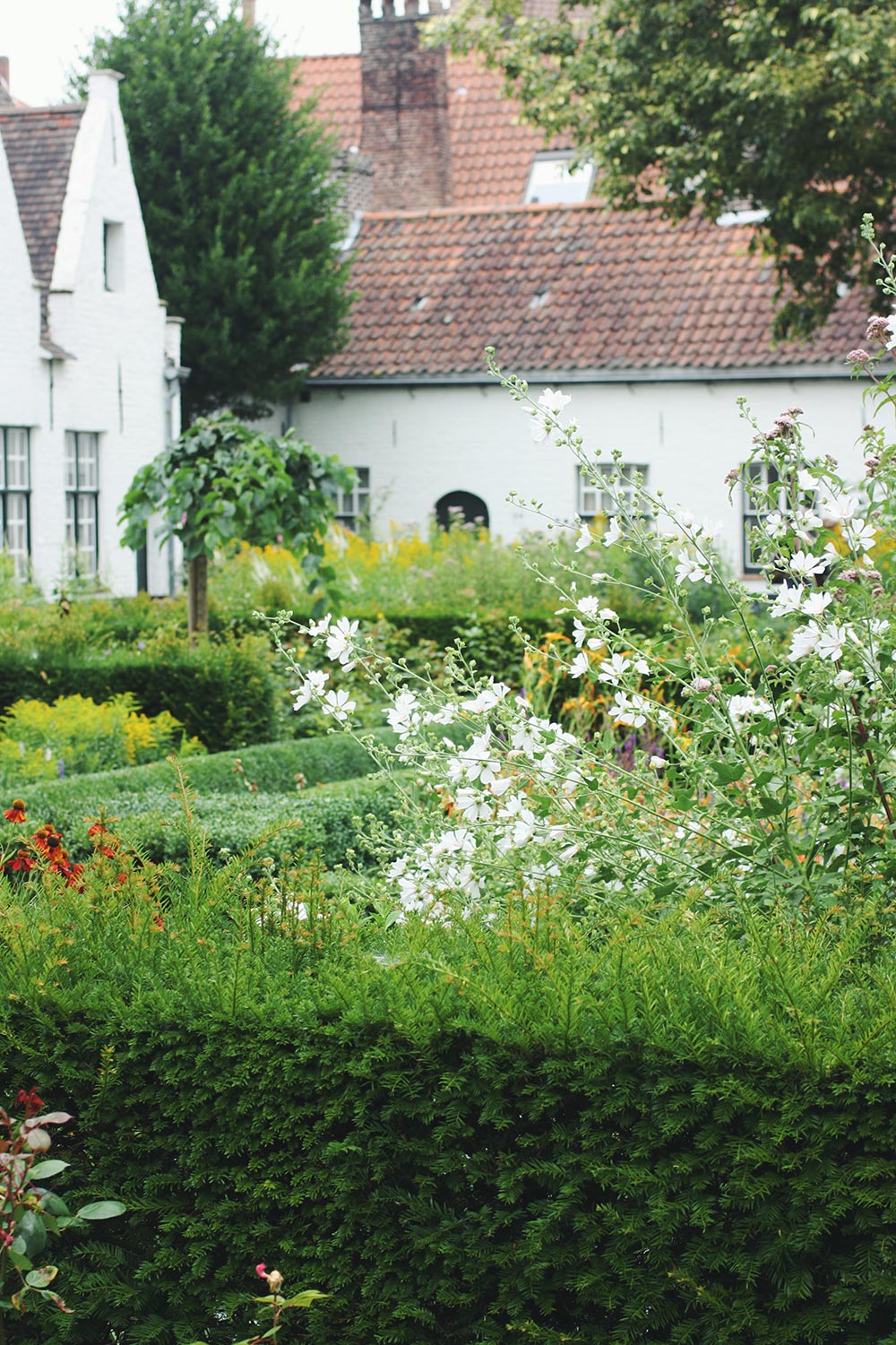
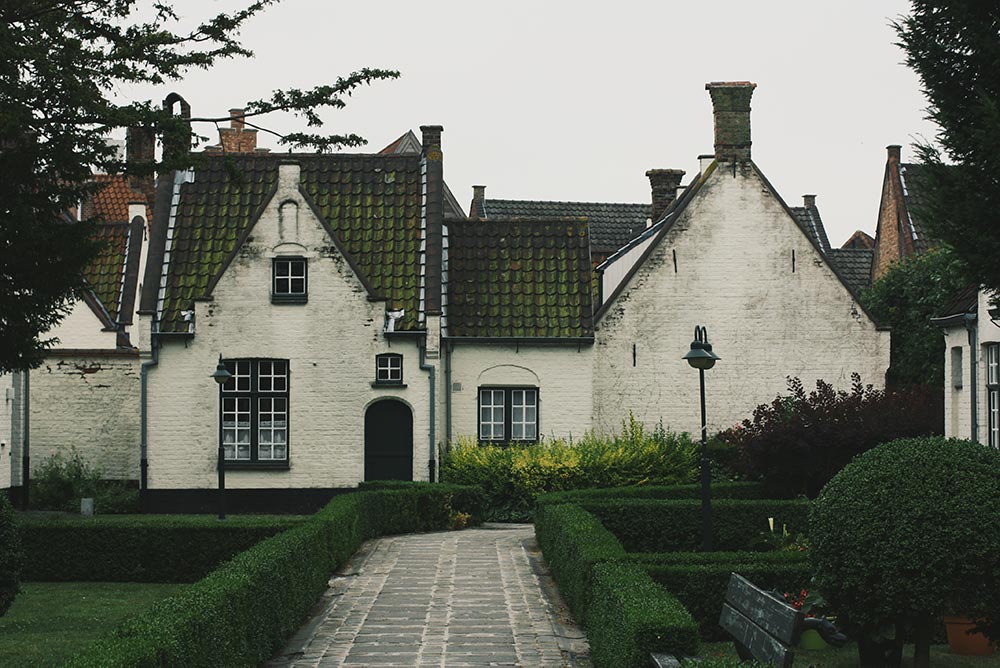
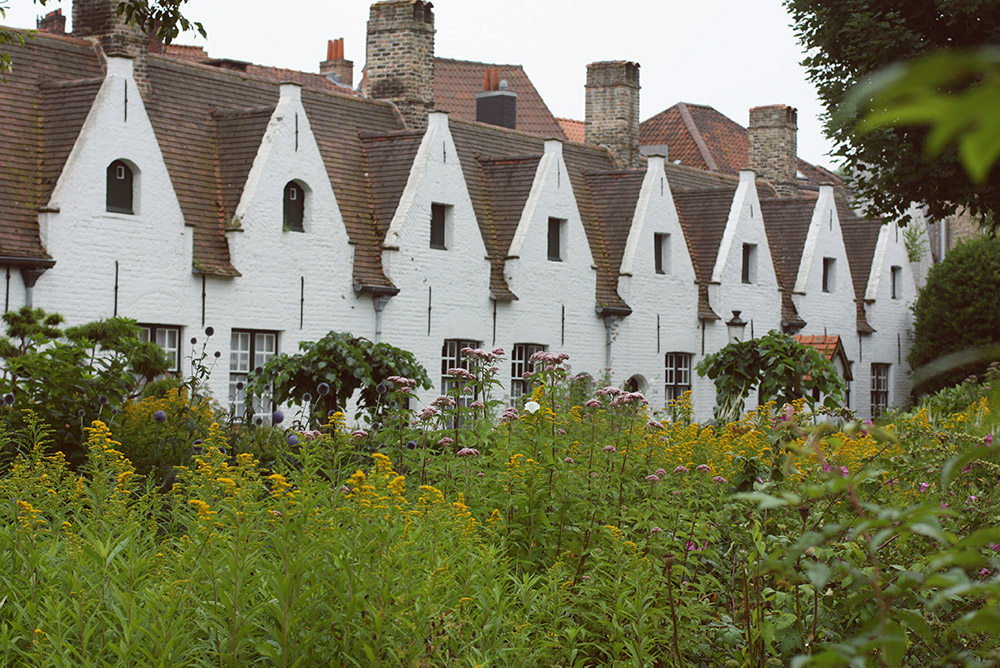
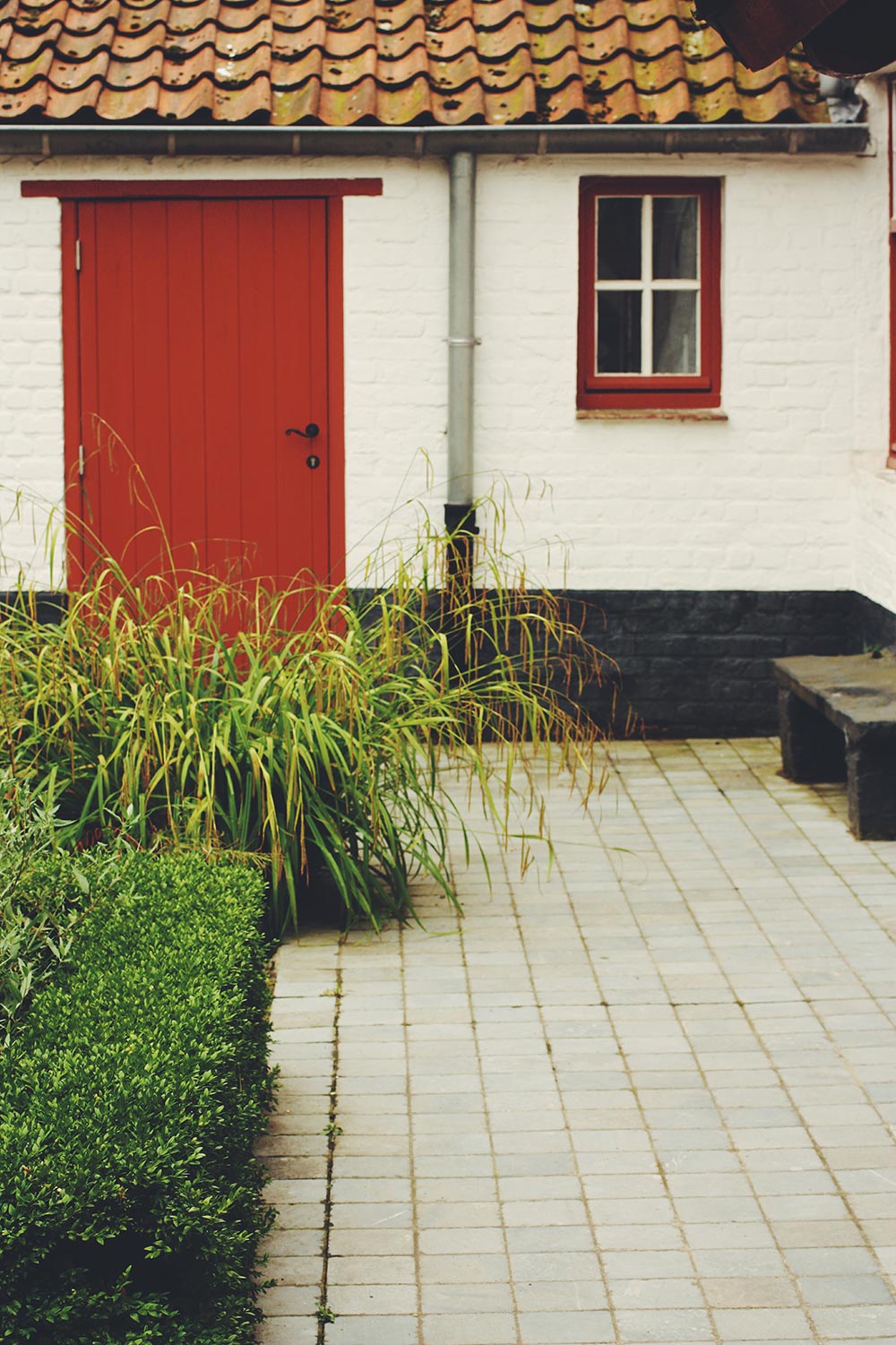
More posts to inspire your garden design:
-Rochelle
images by rochelle greayer